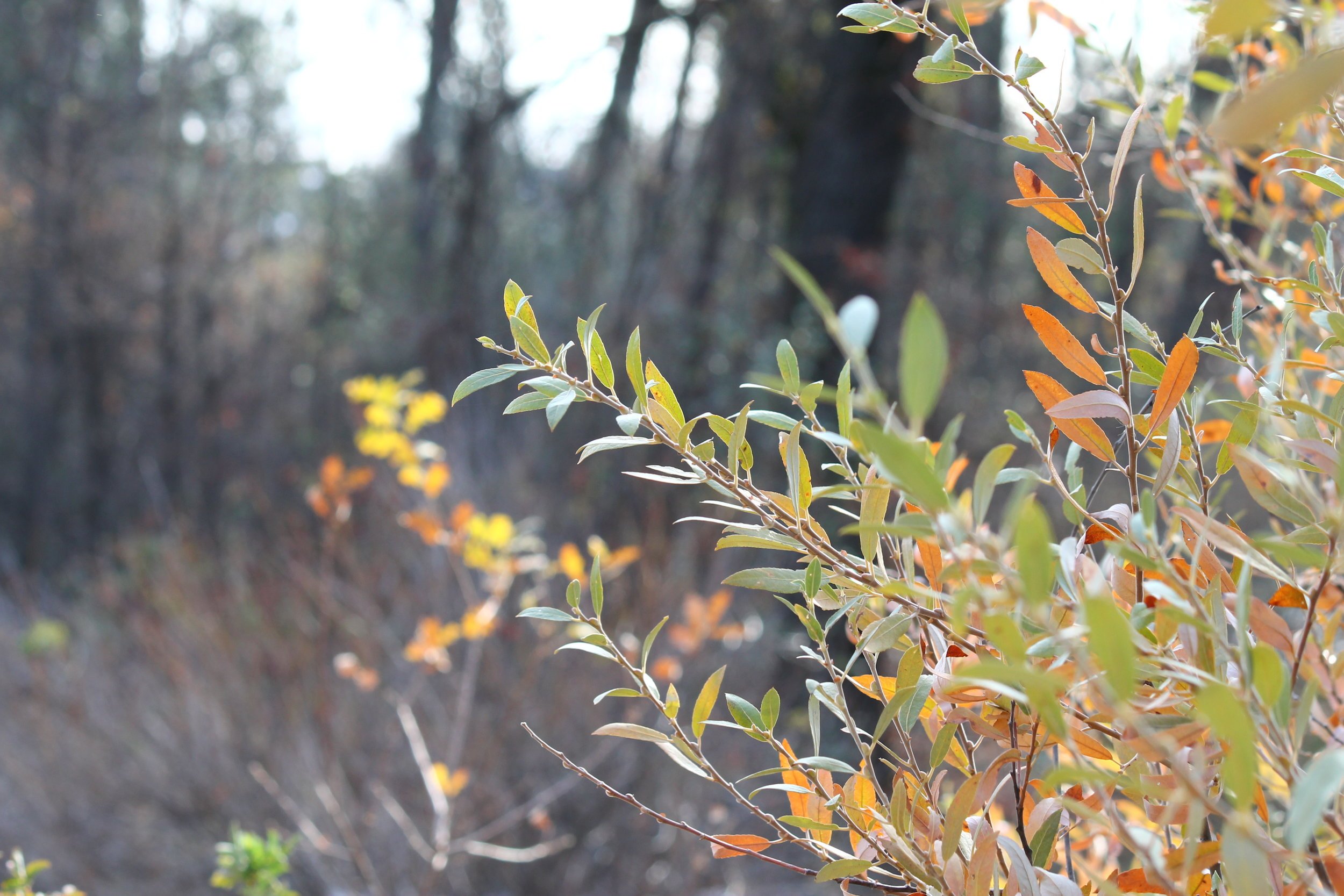
Blog
Conservation Easement Workshop - December 14th at 5:30 PM
Educational workshop for landowners interested in learning more about how a conservation easement might benefit them and their property.

Educational workshop for landowners interested in learning more about how a conservation easement might benefit them and their property.